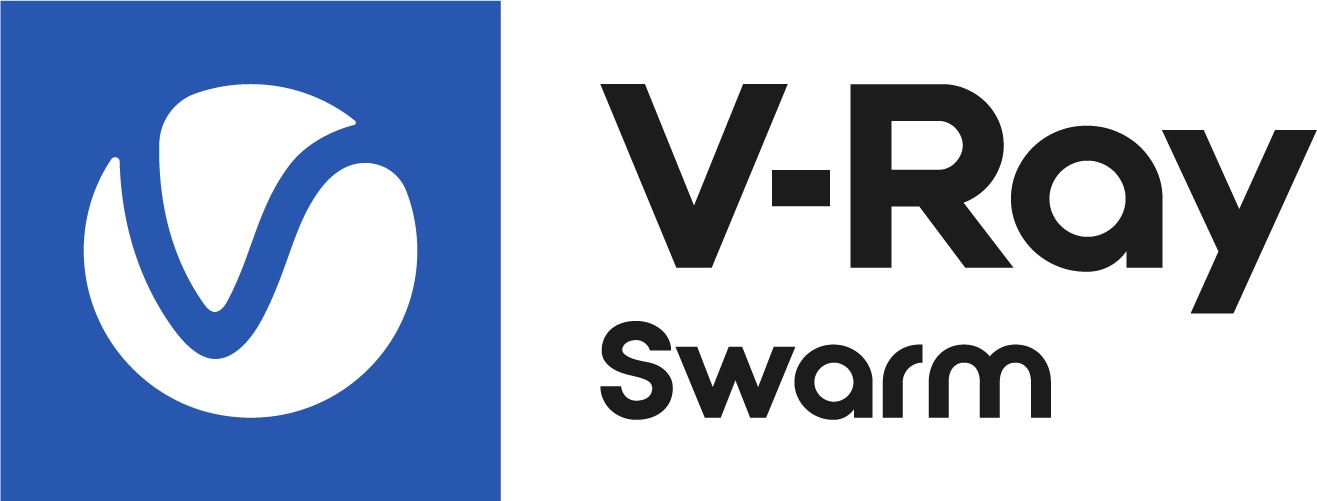This page provides information about setting Swarm port access.
Overview
Swarm is based on peer-to-peer (P2P) network topology: all peers communicate with each other in a “symmetric” manner through UDP and TCP (peer A connects peer B and vice versa!). UDP is used for discovery of peers. All other communications between peers use TCP protocol.
Setting up Swarm Port Access
If peers are inside the same broadcast domain, they can automatically find each other. For this to work, MULTICAST traffic with 1112 UDP port (and 239.242.6.10 group IP) must be allowed on local and network firewalls.
If some peers are not in the same broadcast domain, at least one IP (either domain) should be added through the Admin Panel in Configuration > Network discovery > Manual IPs.
To access Web UI (Admin Panel), 1113 TCP port should be opened. Swarm instance listens to this port and serves HTTP from it.
All Swarm peers communicate with each other through 1114 TCP port.
Swarm (as a server) communicates with a DCC instance through gRPC using 1115 TCP port, which one is Swarm listening to.
Orchestrated V-Ray uses its own TCP port - 20212.
In addition to these ports, ephemeral ports should be allowed too.
All ports can be changed in the swarm.yaml settings file via the following steps:
- Stop Swarm on all peers.
- Change port in swarm.yaml settings file.
- Start Swarm instances. All instances must be configured to use the same ports. Ports should be allowed in local and network firewalls.
Port | Protocol | Relevant setting in swarm.yaml | Used to | Purpose |
1112 | UDP | mcastPort | Swarm multicasts | Discovery |
1113 | TCP | webPort | Swarm listens | Web UI (aka “Admin Panel”) |
1114 | TCP | peersPort | Swarm listens/connects | Peers communication |
1115 | TCP | grpcPort | Swarm listens | DCC/Swarm communication |
20212 | TCP | vrayPort | V-Ray listens/connects | V-Rays communication |



